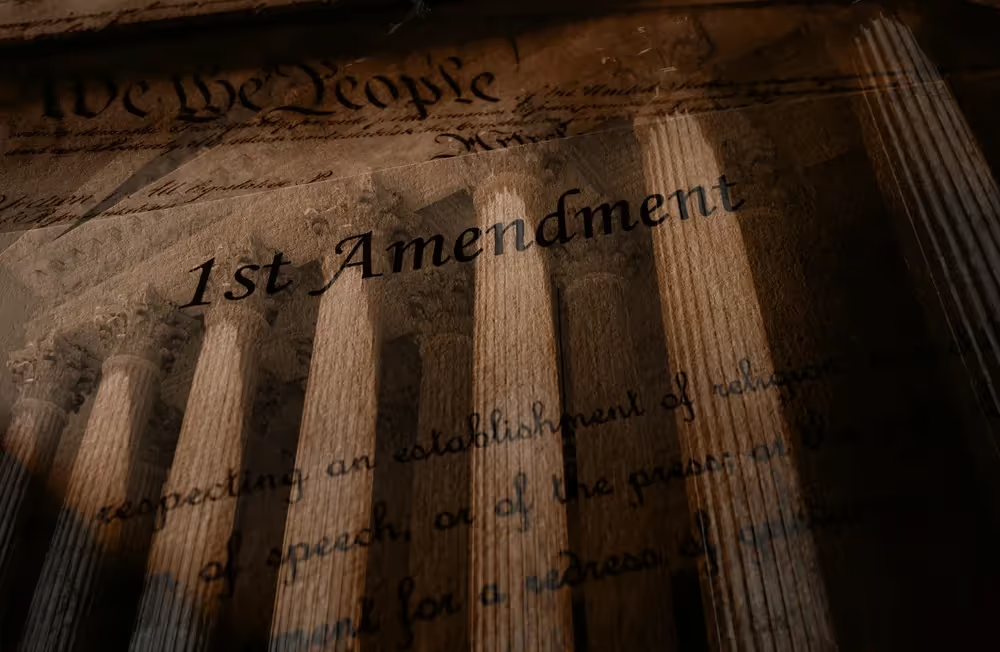
Making Sense of the Court's Establishment Clause Doctrine
Chapman and McConnell's Agreeing to Disagree accomplishes the significant task of explaining the Court's Establishment Clause caselaw persuasively.
It is no mean feat to explain the Supreme Court’s Establishment Clause caselaw in a way that might make the doctrine appear attractive enough for the Court to continue developing it. Yet Nathan Chapman and Michael McConnell have done so in Agreeing to Disagree: How the Establishment Clause Protects Religious Diversity and Freedom of Conscience.
The book is the Establishment Clause volume for an “Inalienable Rights Series” published by Oxford University Press. It is divided into two Parts. Part I (“History”) comprises four chapters devoted to “Establishment at the Founding” (Chapter 1), “Framing the First Amendment” (Chapter 2), “Disestablishment in the States” (Chapter 3), and “Application of the Establishment Clause to the States” (Chapter 4). Part II covers “Modern Controversies.” This Part includes studies of “The Rise and Fall of the Lemon Test” (Chapter 5), “Accommodation of Religious Exercise” (Chapter 6), “No-Aid Separation, Neutrality, and Religious Schools” (Chapter 7), “Prayer, Bible Reading, and Coercion” (Chapter 8), “Conflicts over Symbols” (Chapter 9), and “Church Autonomy” (Chapter 10). The concluding chapter contemplates “Neutrality Beyond the Establishment Clause” (Chapter 11).
The strengths of this book stem from the way that Chapman and McConnell compensate for its main source of weakness, namely the judicial doctrine they have taken on the task of rationalizing. Over the past four-score years or so (beginning in 1947), the Supreme Court has amassed a bulky and flabby body of doctrine premised on the idea that the Establishment Clause is a source of “rights.” The best conclusion to draw from the history of the Establishment Clause outlined in Part I should have been that the Court had no business using it for any of the controversies involving state and local governments that have dominated public imagination about “separation of church and state.” A book making that point would not fit well in the “Inalienable Rights Series” if the whole enterprise of applying the Establishment Clause to police the activities of state and local governments in the name of individual rights has just been one big mistake.
In American constitutional law, “incorporation” refers to the process by which Bill of Rights protections that originally applied only against the federal government were extended to apply also against state and local governments. The pivotal Supreme Court error giving birth to the era of “Modern Controversies” covered in Part II of the book was the Supreme Court’s use of the Fourteenth Amendment’s Due Clause to “incorporate” the Establishment Clause against state and local governments.
To their credit, Chapman and McConnell do not shrink away from identifying the difficulties with Establishment Clause incorporation. As they explain in Chapter 2 and return to in Chapter 4, the First Amendment’s wording was deliberately framed to forbid “Congress” from making any law “respecting” an establishment of religion. This precise wording “prohibited two things: (1) any establishment of religion at the national level and (2) any federal interference with state establishments.” On this account—endorsed by Chapman and McConnell—it is an inversion of the original law of the Establishment Clause to treat a provision that “prohibited … federal interference with state establishments” as a source of authority for federal judicial invalidation of the practices of state and local governments on the ground that they violate the Establishment Clause.
Chapman and McConnell go on to argue even further that the Supreme Court was wrong to use the Due Process Clause to extend federal judicial enforcement of the Establishment Clause beyond its original application against the federal government only. They argue that it is “linguistically implausible” to use the Due Process Clause as a “textual hook for this incorporation.” This Clause states that “nor shall any State deprive any person of life, liberty, or property, without due process of law.” (U.S. Const. Amdt. XIV) Chapman and McConnell contend that “[b]y clear negative implication, the Due Process Clause allows the deprivation of life, liberty, and property with due process of law, meaning proper legislative enactments enforced through proper procedures.” (emphasis in original) (This summary distills the incorporation implications of a fuller account of the Due Process Clause that Chapman and McConnell have previously elaborated in “Due Process as Separation of Powers,” 120 Yale L.J. 1672 (2008).)
Given that the Due-Process-based incorporation of the Establishment Clause accomplished by the Supreme Court in Everson v. Board of Education (1947) was wrong, one might think Chapman and McConnell would treat all of the caselaw stemming from it as rotten to the core. But they are almost uniformly positive in their assessment of the Supreme Court’s current Establishment Clause caselaw. Chapman and McConnell pull up short of taking a firm position on incorporation, but get around the difficulty by identifying the Fourteenth Amendments’ Privileges or Immunities Clause as another potential textual hook for incorporation and observing that “no justice of the Supreme Court now questions the applicability of the personal rights of the Bill of Rights to the states, under one clause of the Fourteenth Amendment or another.”
The coauthors’ doctrinal analyses are presented in a series of skillfully arranged episodes depicting a Supreme Court that has largely corrected course where it erred and has generated a workable status quo worth developing further. In place of the now-abandoned Lemon-test, which purported to (but never did) provide “a one-size-fits-all doctrine for evaluating establishment claims,” the Supreme Court has “[o]ver the last two decades … craft[ed] more context-specific doctrines in various categories of cases.” This approach of using different doctrines for different contexts, Chapman and McConnell contend, “better reflects not only the original understanding of the Clause but also the full panoply of concerns originally animating disestablishment, including, importantly, equal religious liberty.” Accommodations of religious exercise are the first context in which Chapman and McConnell explain and justify the doctrinal squeezing out of Lemon from erecting an Establishment Clause-based obstacle to accommodations animated by concern for Free Exercise. They endorse the Court’s current doctrine under which “[i]n light of … long-standing practice and precedent, it is generally permissible for governments to accommodate religious exercise even when the accommodation specifically targets religion, even when the accommodation is not required by the Free Exercise Clause, and even when it imposes some burdens on third parties.”
The next chapter on “No-Aid Separation, Neutrality, and Religious Schools” asserts that “current Establishment doctrine, in which neutrality is the reigning principle, is truer to the history and theory of disestablishment in America” than the no-aid separationism ascendant in the 1970s and early 1980s. This chapter shows the coauthors at their analytical and expository best. “In all the annals of the U.S. Reports,” Chapman and McConnell assert, “there is no example of a more complete volte-face in constitutional doctrine.” While making sure to mark the various twists and turns, the authors describe a clear three-stage progression through which the Supreme Court “repudiated [its] inconsistent and discriminatory line of doctrine” prohibiting public aid from being directed through individual choice to religious schools and other institutions. After aid was no longer forbidden in the first separationist stage, the second stage was “permissible neutrality” in which “states were generally free to discriminate against religious schools for the purpose of enhanced ‘separation.’” This gave way to mandatory neutrality through a series of cases in which the Court has acknowledged “prior discrimination against ‘sectarian’ schools for its anti-Catholic origins.”
While current doctrine on funding neutrality is in an acceptable place for Chapman and McConnell only because of the “abrupt doctrinal one-eighty” executed by the Court, they use the Court’s school-prayer decisions from the 1960s to “illustrate how the principles of historic disestablishment can be applied, convincingly, to modern circumstances.” Chapman and McConnell describe Engel v. Vitale (1962) and Abington Township v. Schempp (1963) as “the Court’s finest hour with the Establishment Clause.” They defend this assessment by reference to the “inherently coercive environment” experienced by schoolchildren when “[a]ttendance is compulsory, alternatives are costly, and the atmosphere is one of obedience.” The authors distinguish “noncoercive official prayers,” writing that “the only principled way to explain the pattern of cases about public prayer is to distinguish those that involve coercion from those that do not.” This lets the Court off the hook too easily for its history of unprincipled applications of the law to invalidate longstanding traditional public prayer practices in which coercion of bystanders is only in the eye of the judicial beholder. When the Supreme Court in 1992 held unconstitutional the offering of a nonsectarian prayer by an invited local rabbi at a middle-school graduation ceremony, for example, Justice Scalia aptly appraised the majority opinion as resting on "a boundless, and boundlessly manipulable, test of psychological coercion."
Chapman and McConnell have a better bead on the current Court’s decisions regarding public religious symbols. After observing that “[i]t is far from obvious that religious symbols should be regarded as a question of constitutional law in the first place,” they chart the Supreme Court’s failed efforts “to identify a coherent principle for deciding religious symbol cases.” The authors describe the “endorsement” test championed by Justice O’Connor as the Court’s most thoughtful attempt to find a neutral solution to religious symbol case” They then dispatch it convincingly with a crisp presentation of the “insuperable logical and practical problems” it gives rise to. This clears the way for a hands-off approach tilted toward “retaining established, religiously expressive monuments, symbols, and practices.” Although this approach “lacks theoretical rigor,” they contend, “it promises a practical end to most of the squabbling over religious symbols.” It is unclear what the authors mean by "theoretical rigor" here. The religious symbols cases, like governmental prayer cases, show that Justice Scalia was right in his Lee v. Weisman dissent that judicial application of the Establishment Clause should not "rest upon the changeable philosophical predilections of the Justices of this Court, but must have deep foundations in the historic practices of our people.
The final chapter before the conclusion addresses problems related to church employment and church property. The authors present the Court’s “ministerial exemption” cases without much by way of criticism or praise. This detached evenhandedness contrasts with their criticisms of a doctrine that requires deference to hierarchical authorities in church-property disputes.
Overall, Chapman and McConnell are effective advocates for advancing the improvements the Court has made and for avoiding judicial overreaches of the sort that characterized the era dominated by the vague, manipulable, and now-abandoned approach of Lemon v. Kurtzman (1971). This accessible book is already an influential go-to guide for judges and lawyers navigating the new litigation landscape. Even for those who might incline toward the eradication of judicial enforcement of the Establishment Clause as a first-best option, Chapman and McConnell provide a helpful history that acknowledges the judicial excesses of older caselaw and orients the doctrine toward a collection of historically sensitive second-best arrangements looking forward. These second-best arrangements bear an individualistic impress from the conceptualization of the Establishment Clause as protecting “personal rights” that Chapman and McConnell accept in acquiescing to incorporation. Skeptics of Establishment Clause incorporation will remain unsatisfied. But if the Supreme Court is not going to undo its Establishment Clause incorporationism wholesale, there are worse things than the retail reversals of course that Chapman and McConnell effectively rationalize.
Kevin C. Walsh is the Knights of Columbus Professor of Law and the Catholic Tradition and Director of the Project on Judicial Virtues at The Catholic University of America, Columbus School of Law.
Constitutionalism
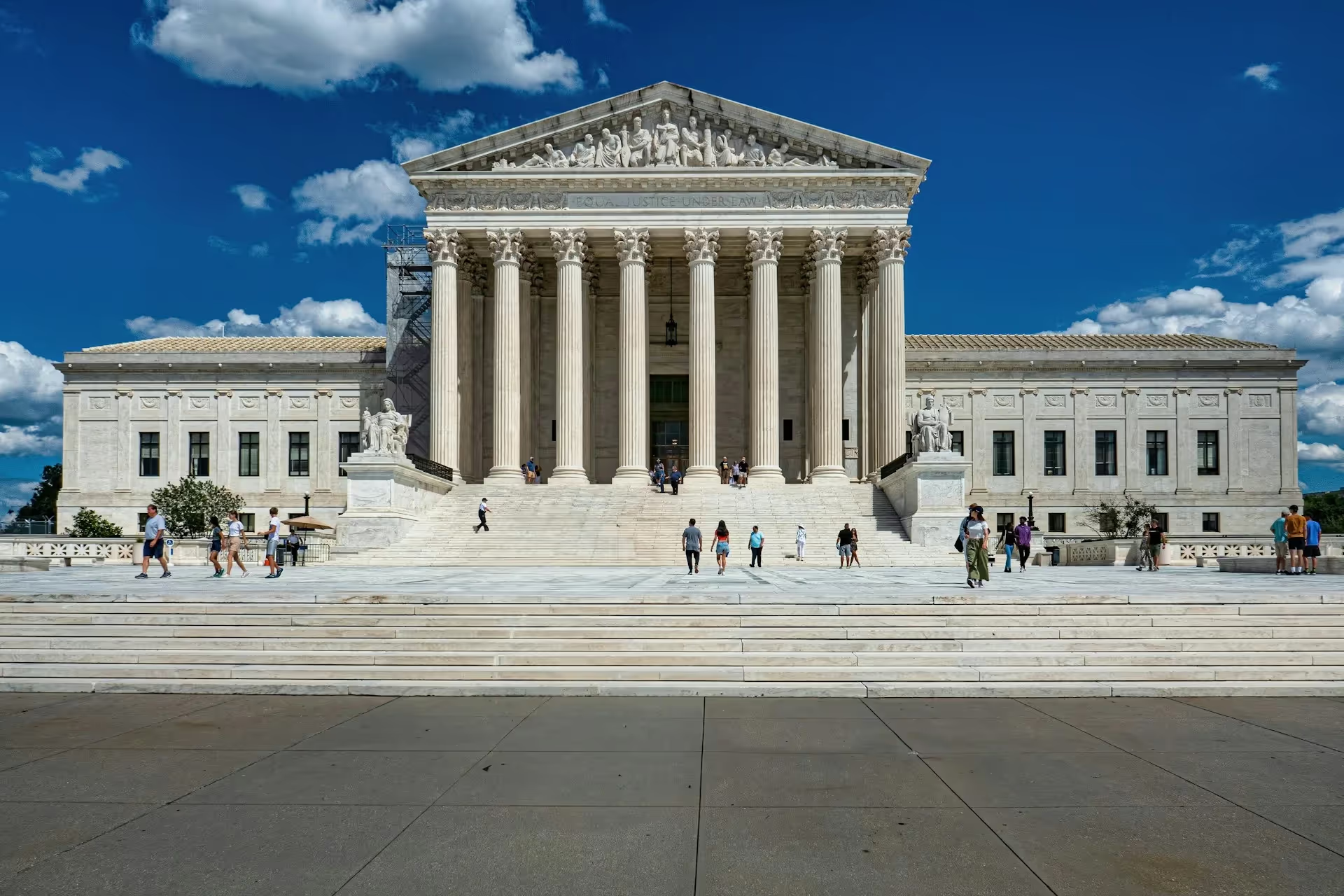
Amicus Brief: Hon. William P. Barr and Hon. Michael B. Mukasey in Support of Petitioners
Former AGs Barr and Mukasey Cite Civitas in a SCOTUS Brief

Rational Judicial Review: Constitutions as Power-sharing Agreements, Secession, and the Problem of Dred Scott
Judicial review and originalism serve as valuable commitment mechanisms to enforce future compliance with a political bargain.
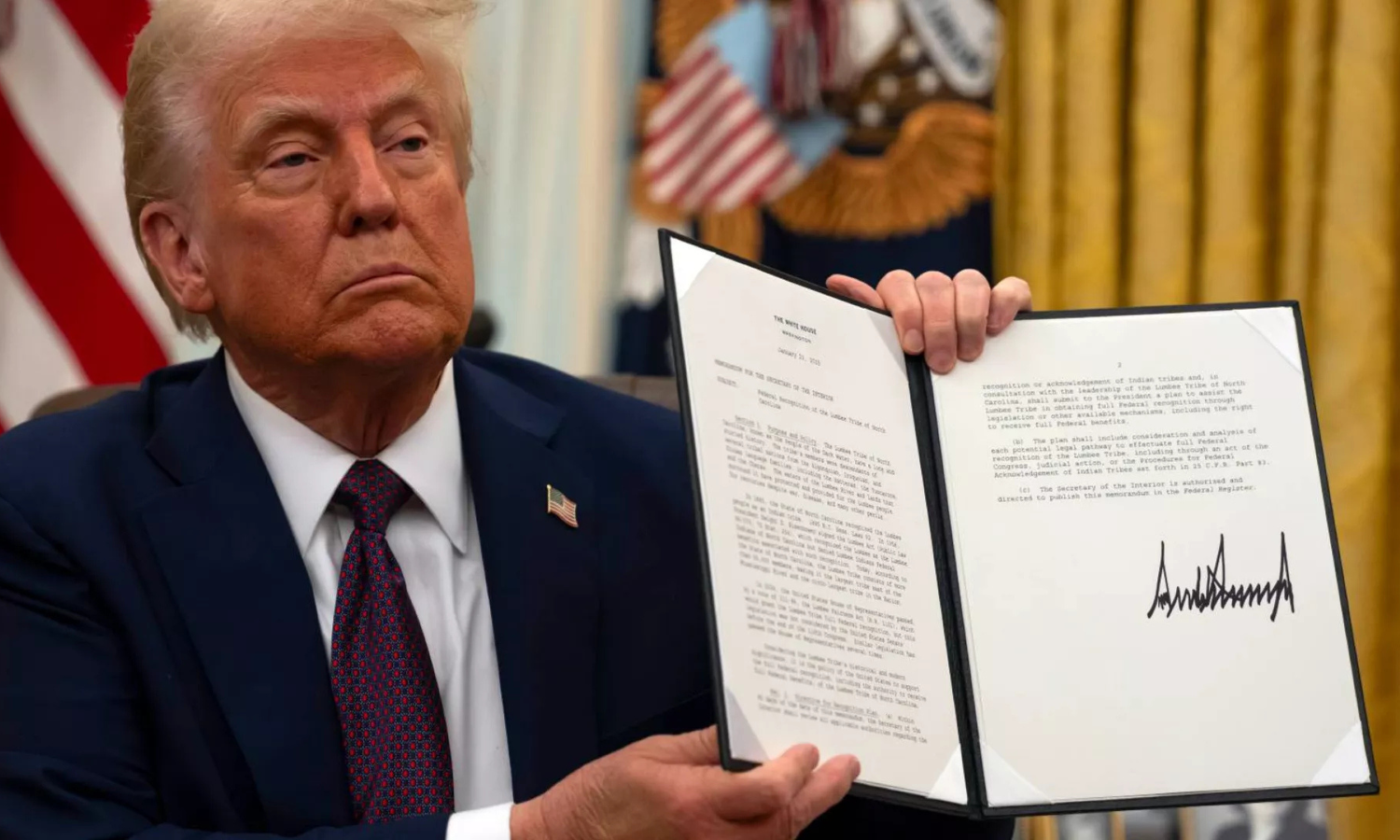
Supreme Court showdown exposes shaky case against birthright citizenship
Supreme Court will hear challenges to Trump's order ending birthright citizenship, testing the 14th Amendment's guarantee for babies born in America.

Congress, the President, and the Drug Boats
Lethargy in the legislature is no way to counter the executive's excess energy.

Just Follow the Law
By definition, no one can lawfully disobey the law. The problem, though, is that it can be difficult to know what the law requires, even for legal experts.


.avif)

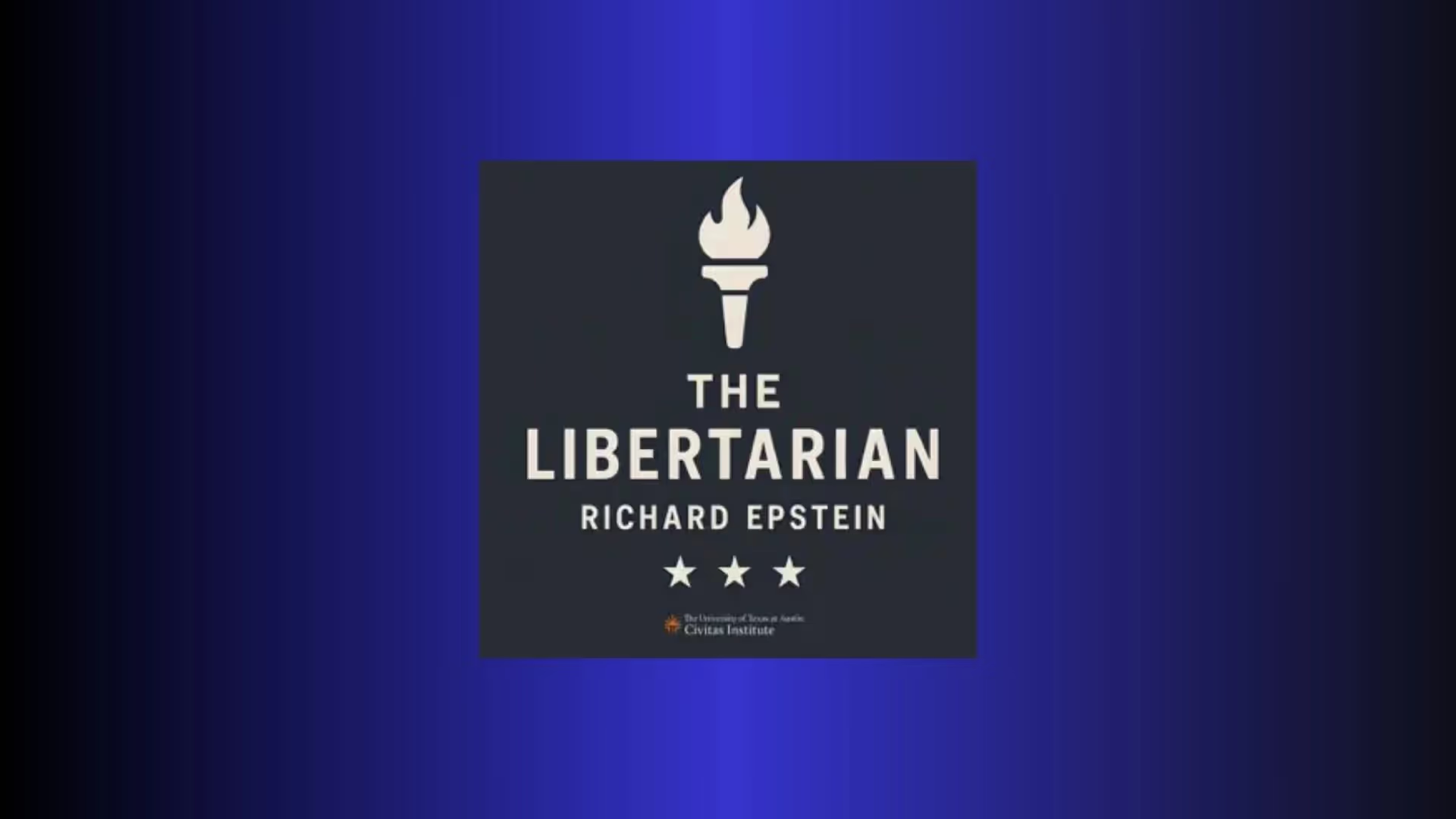
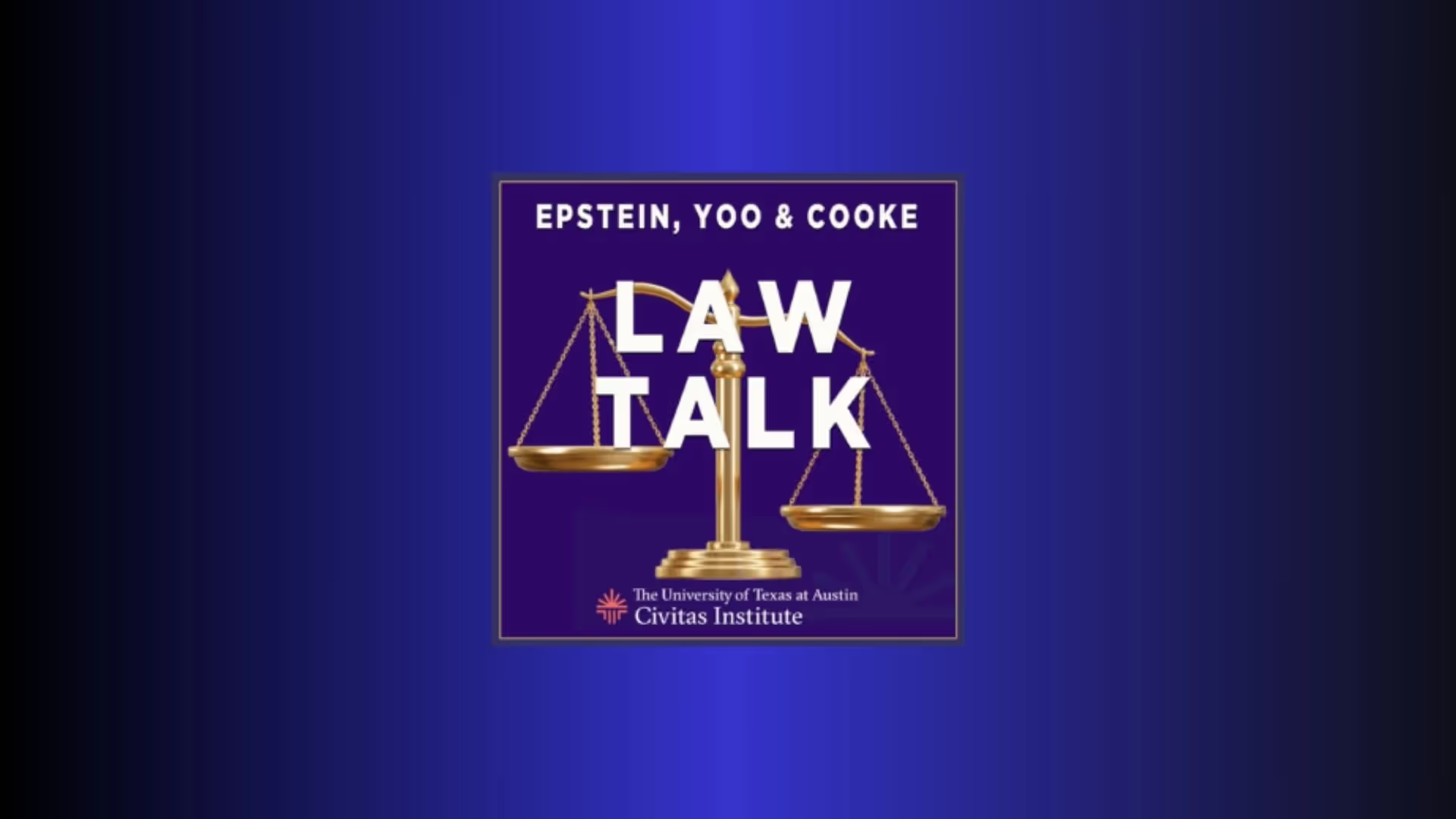




.avif)
.avif)

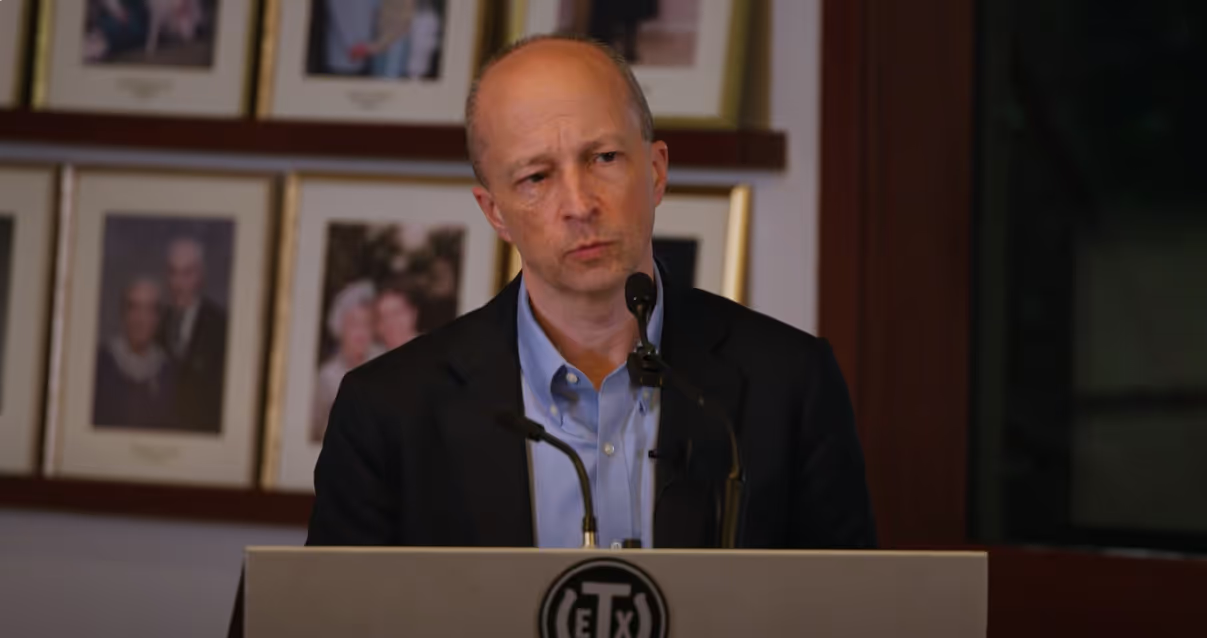
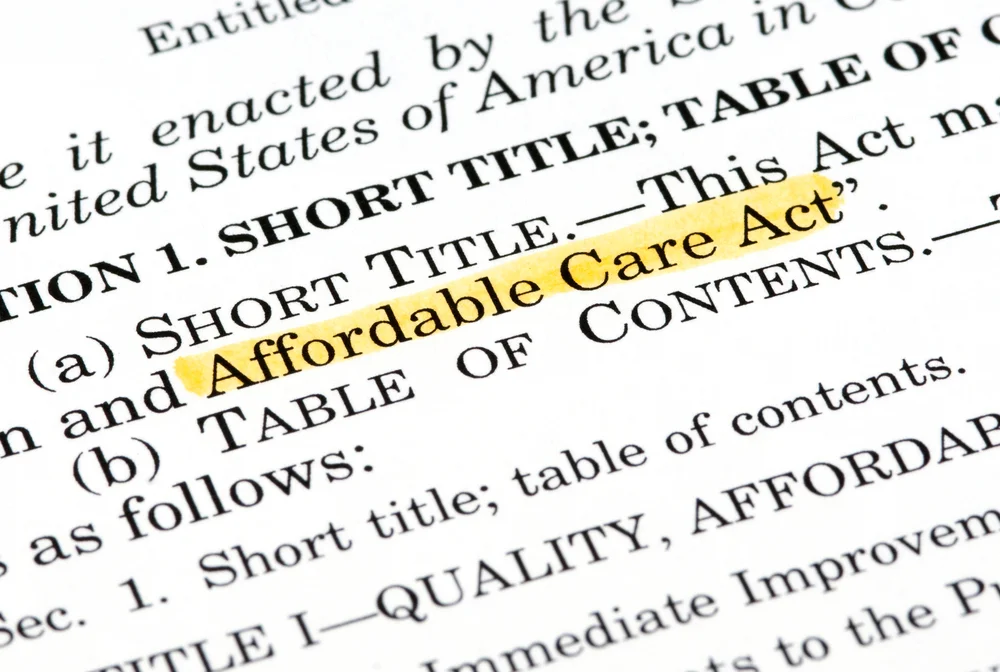
.webp)

